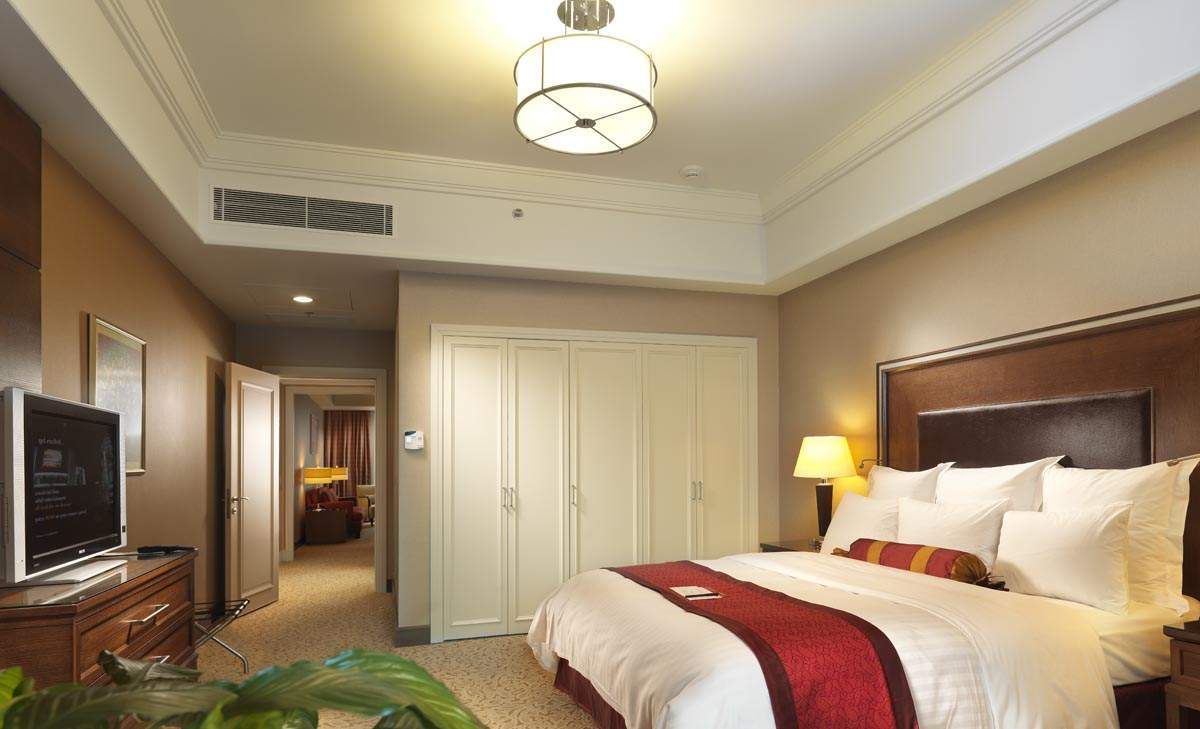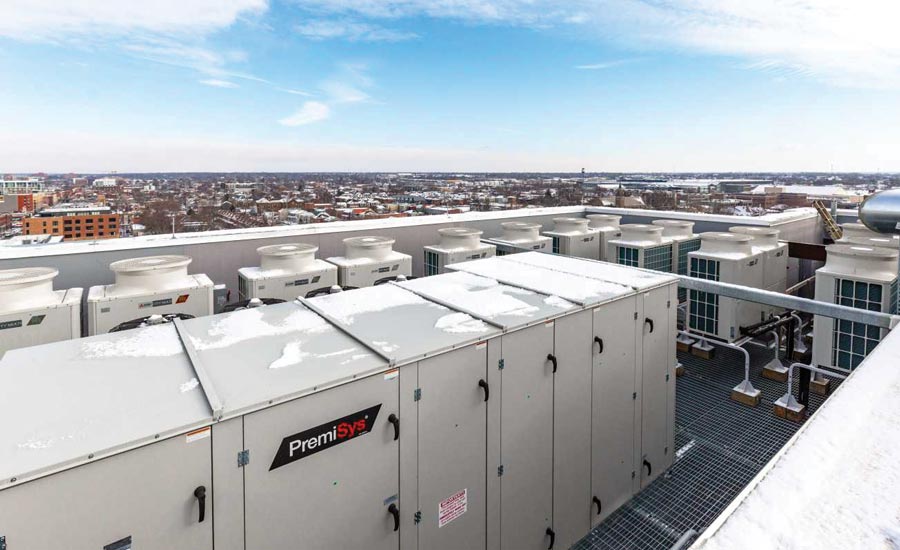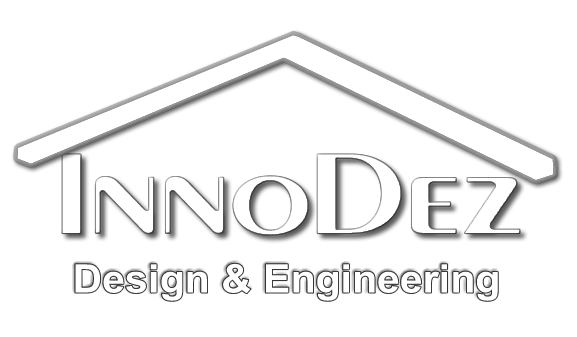
Introduction
HVAC systems for hotels maintain desirable air circulation, temperatures, and humidity for guests, employees, and hotel patrons. According to hoteliers, the energy use of hotel guestrooms is about 40 – 80% of the total building energy consumption. Most of this energy is responsible for heating and cooling the guestrooms.
To sum up, HVAC systems play a crucial role in keeping the indoor climate of hotels both comfortable and safe. Also, it influences the guest experience as well as the hotel’s energy consumption.
Unfortunately, with so many HVAC systems in the market, finding the best option for your hotel will not be a walk in the park. Don’t worry though! In this post, we’ll share with you some important HVAC design tips for the hospitality industry.
Let’s get into it!

Types of HVAC Systems for Hotels
The complex layout of hotel facilities makes the design of HVAC units a complex consideration. Nonetheless, there are certain types of HVAC systems that are commonly used in these facilities. They include;
- VTAC (Vertical Terminal Air Conditioning Systems)
VTAC systems have a compact design and are usually installed in hidden spaces like closets. These systems can control the climate of multiple rooms at once. Moreover, they’re cost-effective and versatile since they’ve got a direct intake of ventilation air.
A typical closet for these systems, including the required clearance, is around 30” X 30”. All in all, the installation of VTAC systems in such spaces makes them aesthetically pleasing. One challenge of these systems though, is that they operate more loudly compared to the more costly options. In addition, they need a large exterior louver to allow for air intake.
- PTAC (Packaged Terminal Air Conditioning Systems)
Most hotels use PTACs, which are self-contained air conditioners for individual rooms. They’re usually installed against a wall or below. More notably, they don’t use outdoor air to heat or cool the room. Instead, a standard packaged Terminal AC unit only recycles indoor air within that room.

How exactly does a PTAC unit work?
To start, the compressor with the PTAC unit pumps refrigerant to the coils. Air becomes cold as it passes through the coils and is then blown into the hotel guestroom for cooling. At the same time, the coils extract heat and humidity from the air, which is then blown outside through the exterior grille.
When it comes to heating the room, there are 2 ways you can use the PTAC system. First, the electric element near the system’s vent will heat air as it passes over the heating element. Secondly, a heat pump can be used to reverse the PTAC cooling process.
- VRF (Variant Refrigerant Flow)
A Variant Refrigerant Flow System comprises a central outdoor condenser that is easy to install at grade or on the roof. The outdoor unit is then connected to a maximum of 24 fan coils, located in each hotel room. These fan coils can either be installed in bathrooms or entry foyers since these places are good for maintenance access and duct connections.
To cool the room, the VRF condensing unit will pump cold refrigerant to every fan coil unit. As air passes over these coils, cold air will be blown through the ducts/
For heating, the VRF condensing unit functions as a heating pump. This means that it creates hot refrigerant that is then sent to the fan coils. As a result, as air passes over the coils, hot air is blown into the room via the ducts.
Interestingly, a VRF system with heat recovery is used in both cooling and heating mode. This will allow heat to be redirected to other hotel rooms instead of being rejected. In other words, heat from one hotel room can be blown into another room involving the main condensing unit.
HVAC system Design Tips for Hotels
Heating and cooling systems for hotels last for about 10 to 20 years. Therefore, the decisions for MEP design for hotels you make today can impact your facility for many years to come. To avoid making bad decisions, here are some HVAC Design Tips you should consider when designing the hotel’s HVAC system;
Efficiency
An average hotel in the US spends around $2,200 on energy costs every year for each room. The majority of these costs go to the cooling and heating bills. Therefore, improving the HVAC system’s efficiency can help you lower the expenses. You can accomplish this by;
- Installing high-efficiency HVAC units
- Measuring & tracking energy performance
- Performing preventive maintenance
- Installing a programmable thermostat in the hotel rooms
- Assigning a team to pursue energy-efficient upgrades
High-rise installations
If your hotel facility is categorized as a high-rise structure, your MEP engineering for hotels should include a smoke control system. Note, this can impact various aspects of the mechanical design for hotels as well as the building layout. For that reason, it’s important to start designing the solution as early as possible.
Project budget & schedule
As a hotel owner or developer, you should have an investment estimate and schedule for completing the HVAC system project. Make sure you maintain open communication with your HVAC contractor. This will help to keep all design phases of the project within budget and on schedule.
Brand standards
The brand of your hotel facility should act as the guide to the HVAC system design for the building. As an example, some hotels require the ventilation rates of their facilities to be above the minimum code requirements. When creating the MEP design for hotels, the HVAC equipment design must address such issues.
Final Word
It’s important to keep the HVAC equipment for your hotel functioning all year round. Besides, as mentioned earlier, HVAC design for hotels can have a significant effect on customer experience. For that reason, it’s good to schedule preventive maintenance with a reputable and licensed HVAC firm in California like Innodez. Our HVAC professionals will schedule maintenance activities and collect operation data to make the process more effective. In addition, this will extend your hotel’s HVAC system lifespan, minimize operating costs and prevent system breakdowns.

About Author
InnoDez